Go at first light to Lenin’s Mausoleum to feel the site’s quiet. The kremlin rises behind Red Square, and Moscow’s streets are still. Those moments offer an important glimpse into how the place sits at the edge of history, seen through visitors’ eyes across centuries. This century adds another layer to the story.
Built from 1929 to 1930 by architect Alexei Shchusev, the structure anchors the square with a restrained, low profile. The roof is flat, and the façade of dark stone and red granite conveys a solemn mood. Inside, the tomb sits under glass in a marble-lined chamber, a quiet counterpoint to the bustle outside. For each detail, the design rewards careful, deliberate looking.
Lenin’s Mausoleum embodies a symbolic legacy that transcends politics. Since 1930 the body rests here, shaping current debates about memory and power. For those who study architecture, the building’s massing, tight passages, and the way light plays off the surfaces reveal a deliberate, enduring language of authority. If you ask whats inside, the answer is a sealed tomb beneath glass. The idea of continuity–current even after decades–remains obvious as you walk along the square with eyes on the walls and the crowd moving slowly. Others note how the space guides your pace, and the ceremonial exterior contrasts with the quiet interior, reinforcing what the monument means today.
Plan your visit with the current schedule in mind; entry is limited, and security checks are standard. There is zero signage inside; you follow a controlled route. Photography inside is forbidden. If you arrived early, you catch the quiet atmosphere; otherwise you will see a steady stream of visitors. Because the site is fragile, access remains limited. The experience is brief, but it keeps the focus on solemnity and restraint rather than showy luxury, inviting you to reflect on history rather than capture it.
Those arriving from night can pair the visit with a quick stroll along the Kremlin wall or a view of Red Square from the surrounding streets, which reveals how the mausoleum sits near the roofline of Moscow’s center. For readers who want more context, nearby museums and readings on the Soviet era provide broader background. But remember what you see is a snapshot, not a full documentary–the site invites you to form your own interpretation from what you notice and what you question.
Red Square, the Most Famous in Russia: Lenin’s Mausoleum History, Architecture, and Symbolic Legacy
Plan your visit at dawn to Red Square for a better vibe around Lenin’s Mausoleum, where brick and stone textures come to life in the pale light and the current mood feels more respectful. The approach along the square’s pathways sets the tone before you enter the public space and encounter the orderly flow of visitors and locals alike.
Red Square anchors Moscow’s historic center, bordered by the Kremlin walls and cathedrals in the distance, with Lenin’s Mausoleum standing as a concrete expression of the era that shaped the space. The structure was conceived by the architect Alexei Shchusev and completed in 1930–31, designed to host a state display that could be both solemn and accessible. The remains of Lenin, preserved for public viewing, created a site that society would watch and media would cover–a balance of power, memory, and ritual. The site sits under strict guard as crowds circulate, and the surrounding space and water features add a reflective backdrop to the red brick and stone facade.
The mausoleum presents a compact brick-and-stone mass, a sober, rectangular form that emphasizes durable details over ornament. The brick exterior sits on a stone base, while a dark interior houses the glass sarcophagus that encases Lenin’s body. This space feels intimate yet monumental, with low light, measured steps, and a sense that the building is built to last. Natural light filters through a restrained opening, highlighting the subtle gold-tone accents used in ceremonial moments and reinforcing the site’s solemn mood. The design would look equally appropriate as part of a presidential complex or a public monument, because it aims to serve memory and state purpose together.
As a symbol, Lenin’s Mausoleum helped shape the civic imagination of Soviet society and beyond. It served as a visible link between power and memory, a place visited by officials and ordinary people alike, and a fixture in media narratives around state events. The remains attract ongoing discussion about how a society recalls its past, how such monuments should be preserved, and how memory can adapt to new myths. Re-embalming procedures, ongoing maintenance, and debates about public access all depend on balance between respect for history and transparency for visitors, a balance that continues to attract international attention. The space above the tomb carries weight, and even today the site remains a potent reminder of the era’s ambitions and the artistry of its cathedrals-like symbolism.
Practical guidance: photography inside is not allowed, and the visit is brief, with guards directing the flow to maintain the solemn atmosphere. Check the current schedule because hours vary seasonally, and the authorities control access while cameras and bags are restricted. Afterward, you can stroll to the neighboring Red Square cafés for a café or a light bite to reflect on what youve seen and discussed. Dress respectfully, with a neat suit or smart casual, to fit the historic surroundings. Outside the mausoleum, the current vibe continues in the open space, where visitors talk about how the remains and the monument have served as memory for generations and as a reminder of Russia’s evolving society.
Origins and Construction Timeline
Start with Lenin’s death in 1924 and the decision to replace the temporary tomb with a proper mausoleum. The move carried patriotic and political signaling, tying the name of the leader to a durable symbol of state authority. Designers aimed for a monument across Red Square that could be maintained properly and read as a clear statement of continuity for a new dynasty of leadership. The choice of site, on the square and near the Kremlin, reinforced the monument’s name as a central civic memory rather than a private shrine.
The project assembled around Alexei Shchusev, who translated late-1920s debates into a compact, granite-faced block. The origins stretch from the commission’s early discussions to the moment of construction approval. The construction timeline spans roughly 1929–1931: foundations laid in 1930, the structure completed and Lenin’s body placed in a glass-topped sarcophagus inside a central chamber in early 1931. The site sits on Red Square, across from St. Basil’s Cathedral, near the Kremlin walls, making the ceremony visible to most visitors and passersby alike.
Architectural language blends practical mass with ceremonial calm, avoiding ornate churches and embracing secular, monumental form. The exterior uses durable stone to convey lasting power, while the interior centers on a sarcophagus that houses Lenin behind glass. Basically, the project sought a balance between dignity and clarity, a beautiful, breathtaking statement of political will with a subtle luxury in finishes. Some observers compare the planning discipline to that of an astronaut, highlighting the careful sequencing of site, structure, and display. The result offered a comprehensive case study for historians and architects alike. Tips for readers: compare archival drawings with published photographs, note how the massing guides viewer movement across Red Square, and watch for the most revealing details of the sarcophagus and lighting.
Architectural Highlights: Materials, Layout, and Engineering
Begin with a panoramic view of the façade from the plaza, then move along the axial route toward the door. This approach reveals the building’s mass and proportion, its relationship to Red Square, and its role as a political monument that became a marvel and an attraction for the country over the years. Observe how crowds flow like a river, guiding the rhythm of entrances and security checks; such perception informs the planning of visitor movement and sightlines.
The outer skin combines durable stone with restrained color: red granite panels frame darker bands, creating a calm, monumental façade. Inside, a reinforced concrete core supports brick arches and a precise arrangement of openings. The interior surfaces use light-toned marble and plaster, with gold-toned lighting accents that highlight the procession path. Subtle tsum-like specks in the stone add texture without drawing attention away from the solemn sequence.
Layout emphasizes axial symmetry and compact scale: a narrow entry vestibule leads to a central chamber, flanked by service corridors and discreet sublevels. The tomb sits along a north-south axis to create a definitive procession line; a grotto-like recess houses mechanical services without disturbing the main space. Another leg of the plan accommodates staff flows and a small collection of ceremonial objects. The primary door sits on the axis, with a secondary door for service access that opens on demand for guided tours. Bell-shaped skylights above modulate daylight, lending a serene, contemplative quality to the interior.
Engineering relies on a stiff, efficient frame: reinforced concrete, steel ties, and isolated foundations anchored to solid bedrock. The façade panels are fastened with corrosion-resistant hardware to withstand Moscow weather for longer, while the interior uses damp-proofing and non-reflective finishes to control glare. The design anticipates change in occupancy and ceremonial practices by keeping service routes distinct from the main procession, ensuring a dignified experience for visitors and dignitaries alike. However, the structure remains adaptable to future maintenance needs without compromising its iconic silhouette.
Access and symbolism converge in practical measures: tickets are issued via official channels, and prices vary with seasons or special events. The arrangement suits large groups, school programs, researchers, and curious travelers from another country, with routes designed to handle fluctuating crowds smoothly. The door protocol balances security with welcome, offering a predictable flow while preserving the solemn mood of the site. Despite the strict security, visitors feel welcomed, being accessible to researchers and general visitors. Known years of restoration and a continuing collection of archival photographs, including andropov-era updates, reinforce the monument’s status as a national attraction and a tangible link to the dynasty’s political memory.
Symbolic Meaning: State Power, Rituals, and Iconography
Although the mausoleum presents a sober exterior, begin your study by linking its iconography to official authority and ceremonies that have shaped the city for months.
- Material narrative: granite blocks and brick facings shape a monument that stands above the river embankment, signaling permanence and a state-sponsored store of memory. Look for how the textures frame entrances and guide the visitor’s gaze below the cornice line.
- Ritual movement: the site’s layout directs strolled pathways and controlled pauses, turning a routine visit into a performance of loyalty. Use a sequence of stops to map ceremonial steps, from forecourt to the chamber, and note how months of planning culminate in a single moment of entry.
- Iconographic program: archangel figures and other celestial motifs anchor the space in a moral register that legitimizes authority. This spiritual layer coexists with political symbols, creating a layered message rather than a single narrative.
- Spatial symbolism: gardens and surrounding churches create a ceremonial aura that extends beyond stone. The juxtaposition of greenery, water motifs, and axial sightlines reinforces a sense of order and continuity against upheaval.
- Names and references: the monument’s language includes historic names and dates that link to a larger national tale. For example, references in public discourse, and pieces like httpleninruindex_ehtm, circulate as shorthand for this narrative to visitors and researchers alike.
- Modern echoes: mentions of figures like gagarin appear in comparative notes, aligning the mausoleum’s grandeur with moments of national achievement, while maintaining its centuries-old ritual logic.
- Visitor experience: a guided stroll through brick vaults and granite corridors, the sense of looking up at a soaring archangel relief, creates an encounter that stores memory in the body as much as in the mind.
The combination of rough-hewn materials, careful geometry, and carefully staged movement makes the mausoleum more than a tomb: it is a public script about power, endurance, and continuity. By tracing the lines from river edge to inner chamber and connecting the architectural cues to ceremony, you reveal how space, time, and iconography work together to keep the state visible in daily life.
For readers and researchers, start with a close look at the granite surfaces, then compare those impressions with the rhythm of the surrounding gardens and the cadence of the rituals. This approach keeps the focus on concrete evidence while letting the symbolic layer emerge from the arrangement of forms, textures, and passages within the site.
Visiting Tips: Hours, Access, Security, and Photography Rules
Arrive before opening to secure a spot in the first wave of visitors. Hours typically run from 10:00 to 13:00, with last entry around noon; check the official site for the current schedule before you go. To maximize the experience, plan four visits on different days to compare crowd levels and light along the iconic façade, and listen for the distant Kremlin bell that punctuates the morning.
Access is via the west entrance on Red Square. The queue forms along the back line and security screening happens at the gate. Travel light with a compact bag; avoid bulky items and lengthy coats, and wear comfortable shoes for a short outdoor wait.
Security procedures are strict: you pass through metal detectors, and staff may request you unfold outerwear or place items on a belt. Keep valuables under your jacket or in a zipped pocket. The area is part of a broader heritage zone with other objects and memorials nearby, a so-called ambience that underscores the significance of this collection within the city’s memory.
Photography rules are clear: interior photography is not allowed. You can photograph the exterior, including the iconic façadé from the public sidewalk; use no flash, avoid video, and do not use tripods. Respect nearby visits and keep a short distance from barriers.
Practical tips: wear a neat suit if you must, but keep it comfortable; bring a light jacket for morning chill; there are wooden benches along the approach, and fountains nearby in warm months to pause by. This visit sits among a family of mausoleums and symbolic sites, forming part of the future heritage of leninism and a collection of different monuments.
Preservation and Renovations: Key Changes Over the Years
Adopt a phased renovation plan that, in the first stage, preserves the original silhouette and reduces disruption for visitors. This approach keeps the building recognizable while laying a safe foundation for later improvements.
Across the decades, the interior underwent careful staging to respect mourning rituals while updating the building’s services, preserving the original character. The treatment of spaces remained dignified as visits increased, and staff entered through discreet corridors to minimize disturbance. The flame of memory guides material choices, favoring durable, dark granite and restrained ornament.
okhotny approaches and nearby parks were redesigned across decades to improve crowd flow and safety, with calmer pedestrian spaces and clearer signage that helps visitors navigate from the square to the entrance. This work also aimed for less disruption during peak ceremonies.
presidential directives, and later yeltsin adjustments, shaped access and ceremonial use; the authorities entered new security corridors, while the same axis remains central to the layout.
whats changed isnt just looks; archival notes record gagarin visits and stalins mentions as context rather than spectacle. the archangel motif remains in carved reliefs, and the flame as a memory symbol is treated with restraint to keep the space solemn. whos legacy shapes the design.
continue the modernization with a focus on energy efficiency, climate control, and visitor orientation. improvements include quieter hvac, better lighting design, and cinema programs that accompany tours without overpowering the experience. music in the public spaces remains discreet, helping maintain a contemplative mood across the halls. the atmosphere felt calmer as upgrades progressed.
to ensure lasting success, implement guidelines for less disruption during ceremonies, maintain staff training in mourning etiquette, and keep the original look intact through regular maintenance. each visit is scheduled for half of the day. Coordination with okhotny district authorities helps manage crowds and protect nearby parks.
| Phase | Focus | Key Changes | Impact |
|---|---|---|---|
| Early stabilization | Structural preservation | Exterior cleaning, crack sealing, drainage improvements | Maintains original look; increases safety |
| Mid-century interior updates | Ritual spaces, accessibility | Refined lighting, seating, signage | Improved comfort during visits |
| Late 20th century modernization | Utilities, crowd management | HVAC upgrades, fire safety, surveillance | Less disruption during ceremonies; smoother operations |
| 21st century refinement | Energy, interpretation | Energy efficiency, climate control, audio guides | Better visitor experience while preserving mood |

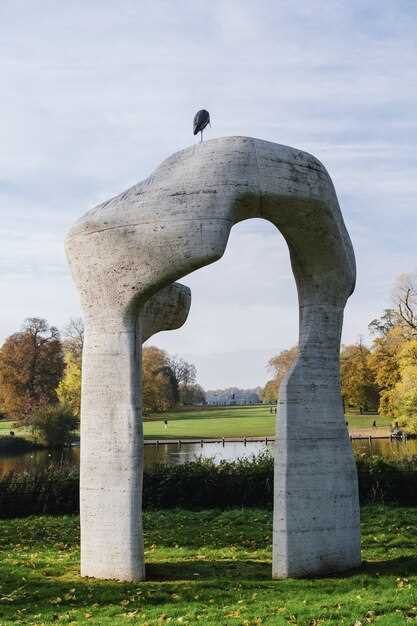 Lenin’s Mausoleum – History, Architecture, and Symbolic Legacy">
Lenin’s Mausoleum – History, Architecture, and Symbolic Legacy">
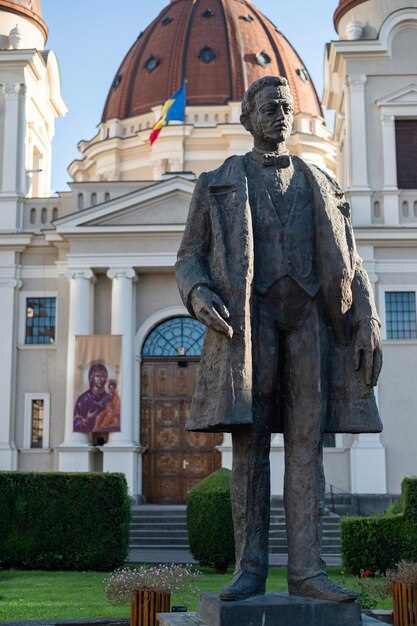
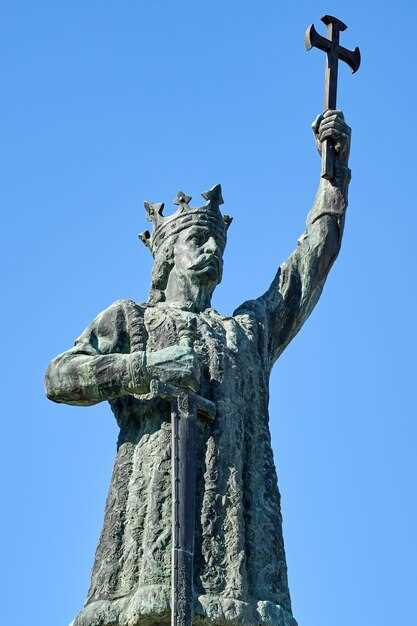
 Tretyakov Gallery Ticket Prices and Opening Hours in 2025">
Tretyakov Gallery Ticket Prices and Opening Hours in 2025">
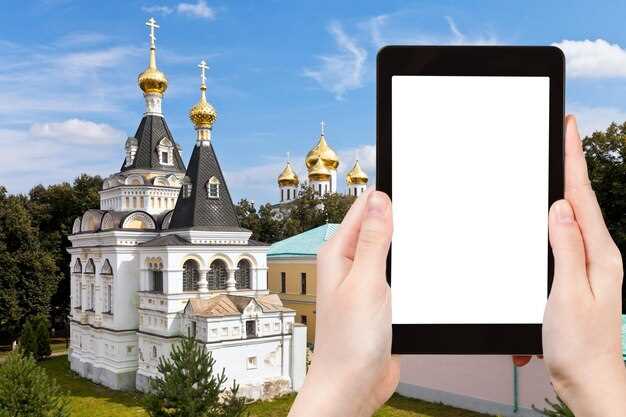 St. Petersburg Cathedrals – Tickets & Schedules | Visiting Guide">
St. Petersburg Cathedrals – Tickets & Schedules | Visiting Guide">
 10 Traditional Moscow Dishes You Must Try">
10 Traditional Moscow Dishes You Must Try">
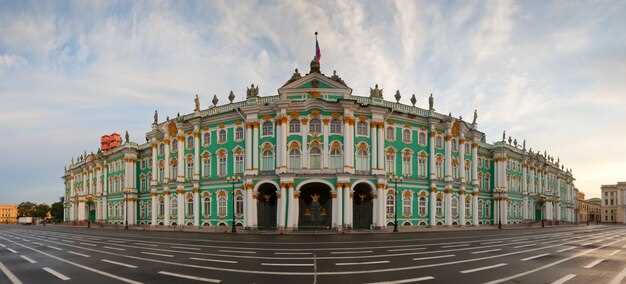 Open-Air Museum Monuments of Moscow – Discover Historic Outdoor Exhibits">
Open-Air Museum Monuments of Moscow – Discover Historic Outdoor Exhibits">
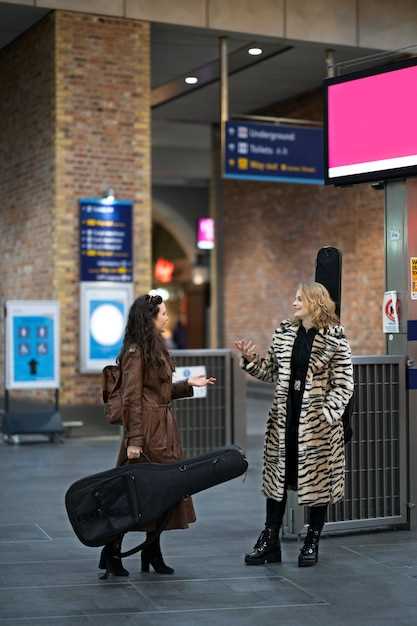 Moscow Sheremetyevo SVO Airport Guide – Flights, Terminals & Transport">
Moscow Sheremetyevo SVO Airport Guide – Flights, Terminals & Transport">
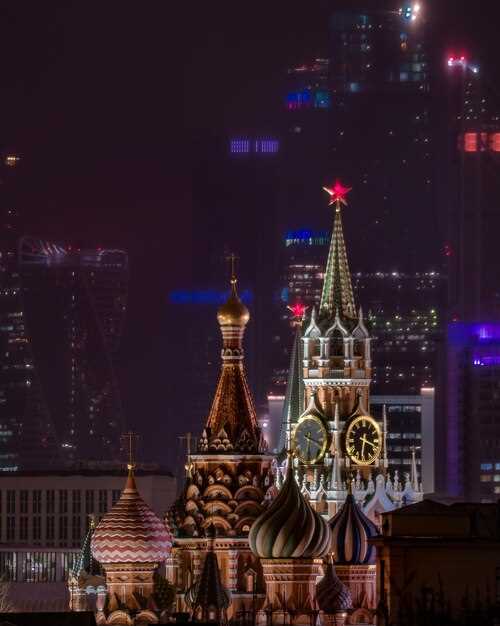 Moscow Attractions Opening Hours 2025 – Plan Your Visit">
Moscow Attractions Opening Hours 2025 – Plan Your Visit">
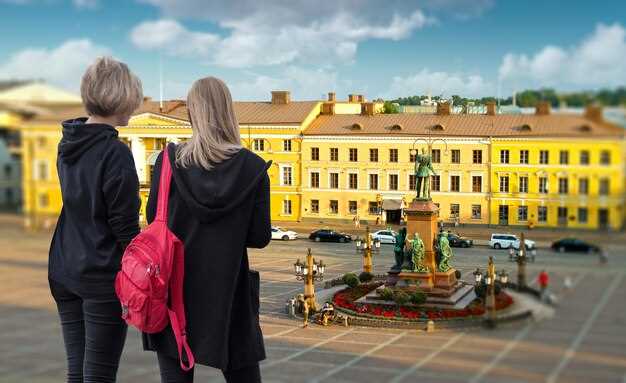 Visiting Tsarskoe Selo and Pushkin – A Practical Guide to Catherine Palace and Sights">
Visiting Tsarskoe Selo and Pushkin – A Practical Guide to Catherine Palace and Sights">
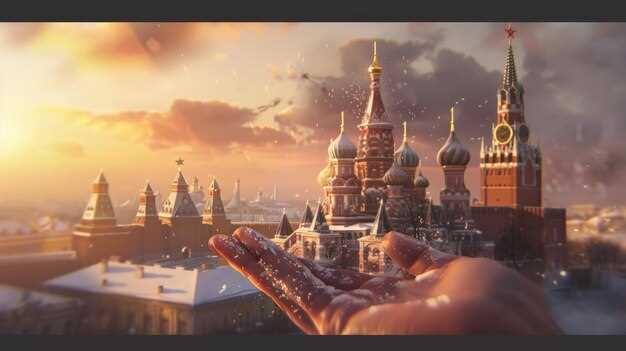 History of Moscow – Past, Present, and Future of the Russian City">
History of Moscow – Past, Present, and Future of the Russian City">
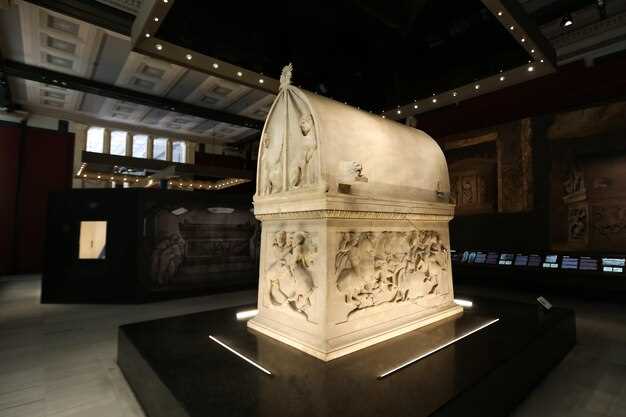 The Armory Chamber Becomes a Museum – Historic Milestone">
The Armory Chamber Becomes a Museum – Historic Milestone">